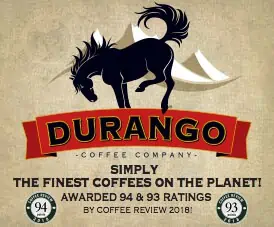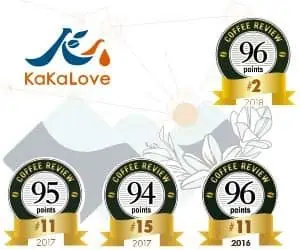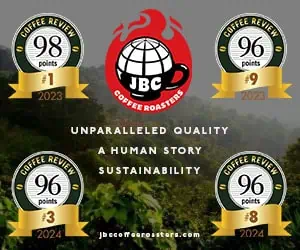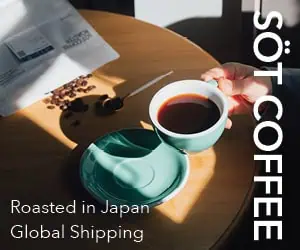The chemistry of coffee roasting is complex and still not completely understood. This is owing to the variety of beans, as well as to the complexity of the coffee essence, which still defies chemists’ best efforts to duplicate it in the laboratory.
Much of what happens to the bean in roasting is interesting, but irrelevant. The bean loses a good deal of its moisture, for instance, which means it weighs less after roasting than before (a fact much lamented among penny-conscious commercial roasters). It loses some protein, about 10 to 15 percent of its caffeine, and traces of other chemicals. Sugars are caramelized, which contributes color, some body, and sweetness, complexity, and flavor to the cup.
Roasting is simple in theory: The beans must be heated, kept moving so they do not burn or roast unevenly, and cooled, or quenched, when the right moment has come to stop the roasting. Coffee that is not roasted long enough or hot enough to bring out the oil has a pasty, nutty, or bread-like flavor. Coffee roasted too long or at too high a temperature is thin-bodied, burned, and industrial-flavored. Very badly burned coffee tastes like old sneakers left on the radiator. Coffee roasted too long at too low a temperature has a baked flavor.
During the early part of the roast the bean merely loses free moisture, moisture which is not bound up in the cellular structure of the bean. Eventually, however, the deep bound moisture is forced out, expanding the bean and incidentally producing a snapping or crackling noise. So far, the color of the bean has not changed appreciably (it should be a light brown), and the oil has not been volatilized. Then, when the interior temperature of the bean reaches about 370°F, the oil suddenly begins developing. This process is called pyrolysis, and it is marked by darkening in the color of the bean.
At some point after pyrolysis sets in, but before the bean is terminally burned, the moment of truth arrives for the roastmaster, because the pyrolysis, or volatilization, of the coffee essence must be stopped at precisely the right moment to obtain the degree of roast and associated flavor desired. The beans cannot be allowed to cool of their own accord or they may overroast. With smaller scale equipment the cooling may be managed by fans that pull room-temperature air through the hot beans while they are stirred, a procedure called air quenching. Larger roasting machines may permit the roastmaster to water quench the beans, or kick off the cooling process with a brief spray of water. If the water quenching is done properly and discreetly, the water evaporates immediately from the surface of the hot beans and does not adversely affect the flavor of the coffee. In fact, coffee that has been tactfully water quenched often tastes better than air-quenched coffee because the cooling is more decisive.










